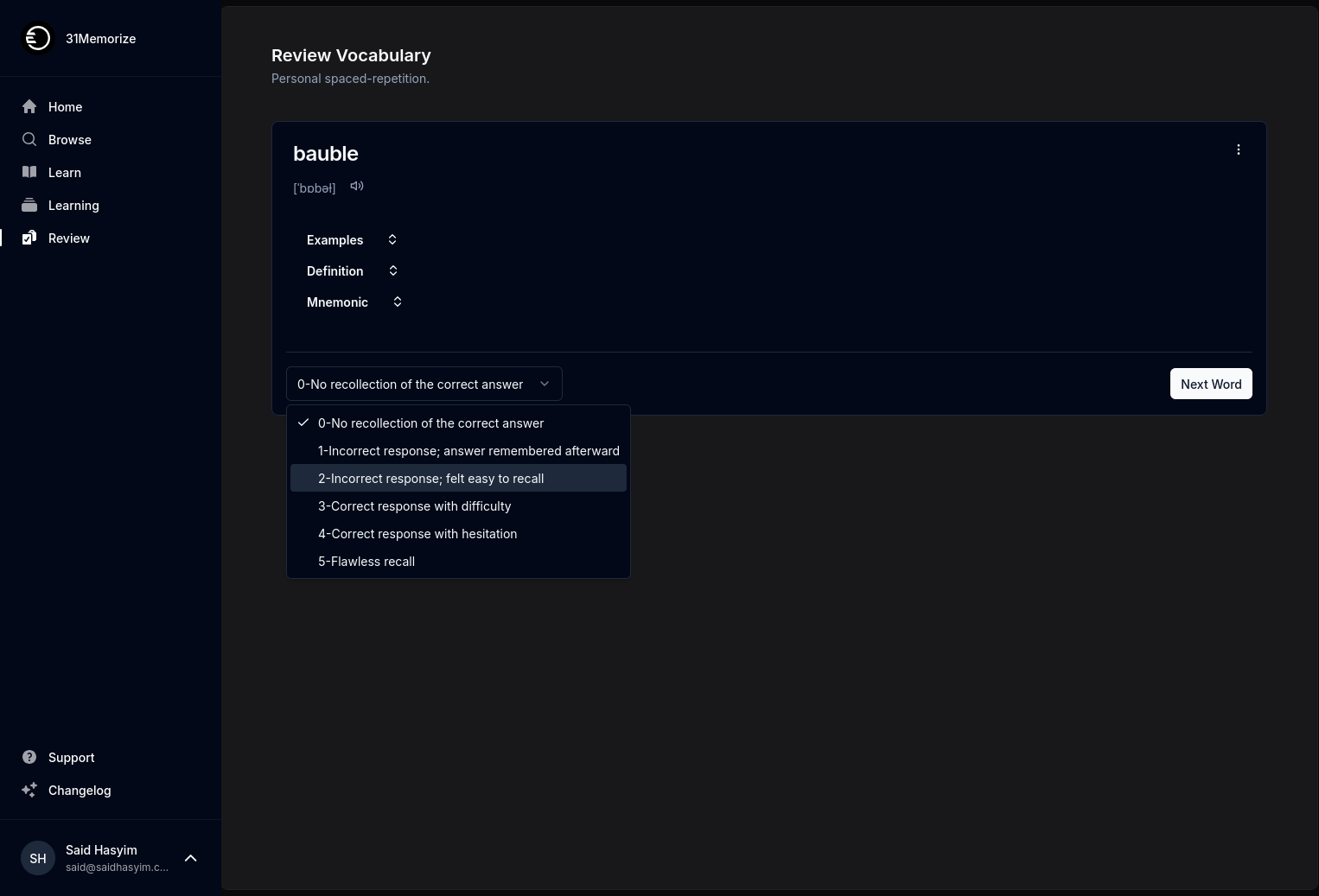Avoiding Common Pitfalls in Review Monitoring
As businesses continually strive for progress in this digital age, online reviews have emerged as a crucial determinant of reputation and customer trust. Monitoring reviews is essential not only for understanding customer sentiment but also for enhancing products and services. However, many businesses stumble into common pitfalls that can undermine their review monitoring efforts. In this blog post, we will explore these pitfalls and provide actionable strategies to help you avoid them.
Understanding the Importance of Review Monitoring
Before diving into the pitfalls, it’s essential to grasp why review monitoring is vital. Customer reviews significantly influence potential buyers. According to various studies, a majority of consumers read online reviews before making purchasing decisions. Thus, actively monitoring reviews allows businesses to:
- Identify product strengths and weaknesses.
- Address customer concerns promptly.
- Engage with customers and build brand loyalty.
- Gain insights for future improvements.
However, even with these benefits in mind, some businesses fail to capitalize on review monitoring due to common mistakes.
Pitfall 1: Neglecting to Monitor Multiple Platforms
What’s the Issue?
Many businesses limit their review monitoring to just one platform—often the most popular one. This can lead to a distorted view of customer sentiment, as different platforms may attract different audiences and customers might leave reviews on various sites.
How to Avoid It
Expand Your Scope: Utilize multiple review sites relevant to your industry. Consider Google Reviews, Yelp, industry-specific platforms, and social media.
Set Up Alerts: Use tools to set alerts for your brand name or specific products across various platforms, so you never miss a review.
Compile Data: Create a centralized document or dashboard where you can gather and analyze reviews from different platforms collectively.
Pitfall 2: Ignoring Negative Reviews
What’s the Issue?
Some businesses see negative reviews as a reflection of failure and choose to ignore them. This can worsen the situation, as unresolved issues may escalate into public grudges that taint your brand image.
How to Avoid It
Acknowledge Criticism: Actively respond to negative reviews with empathy. Thank the reviewer for their feedback and express a willingness to address their concerns.
Analyze Trends: Look for recurring complaints. If multiple customers are bringing up the same issue, it’s time to investigate and make necessary changes.
Learn from Feedback: Treat negative reviews as an opportunity for growth. Use them to improve products, services, or customer experiences.
Pitfall 3: Failing to Engage with Customers
What’s the Issue?
Failing to engage with customers leads to missed opportunities. Ignoring both positive and negative feedback can create a perception of indifference toward customers.
How to Avoid It
Respond to All Reviews: Make it a habit to thank customers for their positive reviews and respond to negative ones constructively.
Show Authenticity: Use a personable and genuine tone in your responses. Customers appreciate when brands speak to them as individuals rather than automated systems.
Encourage Further Engagement: Invite customers to reach out directly via email or through your website to discuss their experiences in detail.
Pitfall 4: Automating Responses Without Human Oversight
What’s the Issue?
While automation can save time, it may lead to generic responses that lack sincerity. Automated replies can feel impersonal, and responding in a robotic manner can alienate customers.
How to Avoid It
Add Personal Touches: Use automation to flag reviews for response but always personalize your replies based on the specific content of the review.
Monitor Automated Systems: Regularly review automated responses to ensure they align with your brand voice and messaging.
Balance Automation with Human Oversight: Train your team to handle particularly sensitive or complex reviews, thereby striking a balance between efficiency and personalization.
Pitfall 5: Neglecting to Monitor Competitors
What’s the Issue?
Focusing solely on your own reviews can limit your perspective. Understanding how competitors are perceived can give valuable insights into market trends and customer preferences.
How to Avoid It
Conduct Competitive Analysis: Regularly examine the reviews and feedback that competitors receive. Identify what customers appreciate or criticize about their services.
Benchmark Performance: Utilize this competitive analysis to benchmark your performance and spot areas where you can gain an edge.
Stay Updated on Market Trends: Monitor competitors' responses to reviews and the strategies they employ to learn from their successes and failures.
Conclusion
Review monitoring is a critical component of maintaining a positive brand image and understanding customer sentiments. By avoiding the common pitfalls discussed in this blog post, you can establish a robust review monitoring strategy that not only improves your reputation but also enhances customer engagement and drives growth.
Remember that reviews—both positive and negative—provide a wealth of information that can guide your business decisions, product improvements, and marketing strategies. Embrace them as an integral part of your business journey, and you’ll be well-equipped to navigate the digital landscape successfully.
Take the time to reflect on your review monitoring practices today, and make adjustments where necessary. Your customers are waiting, and their feedback is the key to your continued success!
